The neuropsychologist of the Instituto de Especialidades Neurológicas (IENSA), Olga Prian Serrano, discusses in this article how to approach the neuropsychological treatment, according to diagnostic variability, through NeuronUP.
Introduction
The mild cognitive impairment is one of the most frequent diagnoses in the consultations carried out at our center. Being a center specific to neurological pathology, the possible causes of such impairment are very variable. On the one hand, some patients after the neuropsychological assessment present a profile of cortical involvement, with a higher likelihood of developing possible Alzheimer’s disease. On the other hand, others present a more subcortical involvement more typical of a vascular, metabolic cause, vitamin deficiencies and/or a mood disorder such as depression, among others.
How is the treatment carried out?
Once evaluated, we propose a neuropsychological treatment. In this treatment, we provide specific guidelines for home, both to the patient and to their close relatives, promoting social interaction, Physical Exercise, sleep habits and pleasant leisure activities for the person. We also include work in cognitive stimulation specific to each patient, which will be carried out in the clinic.
The goal with each patient will vary according to the suspected diagnosis. But without a doubt, the cognitive stimulation work as well as the facilitation of the in-session exercises help to achieve a cognitive improvement at times, as well as an improvement in mood.
Neuropsychological treatment with NeuronUP
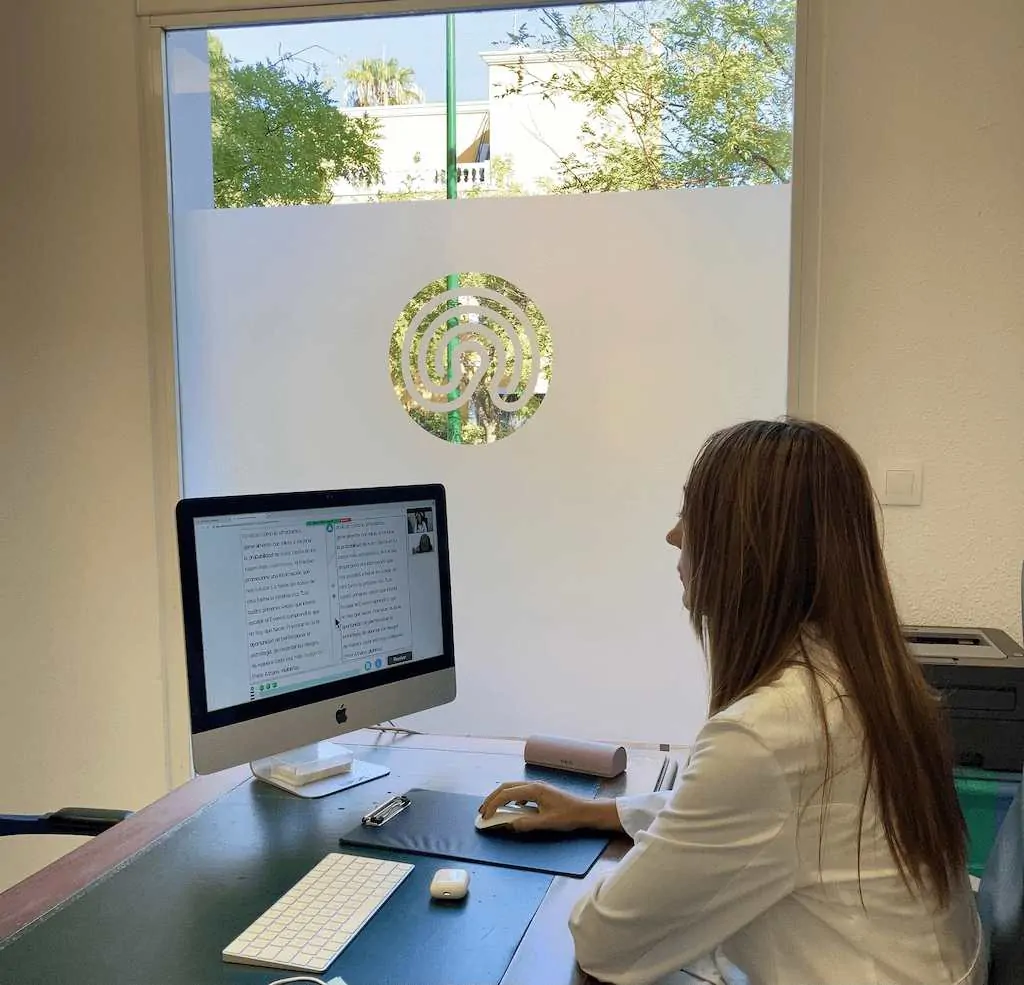
NeuronUP is a magnificent tool that gives us the basis to adapt the working material to both the cognitive and educational level of each patient. For example, it allows different cognitive functions to be worked on with the same worksheet even in patients with greater impairment. We like to work with digital sessions especially in the first months of treatment, since it allows intensive work for about 45 or 50 minutes.
But without a doubt what has helped us most about NeuronUP is its digital format. Thanks to it we can work remotely with patients who cannot come to the clinic because they live in other cities. Especially during the strict lockdown we experienced in March 2020 for 3 months.
Three weeks into the lockdown the daughter of a patient told me that she observed her father very downcast and very disoriented. For that reason, we spent the whole morning thinking and testing how we could get him to work online. Finally, through a video call platform and a tablet or laptop he only had to accept the video call, and that solved it! I shared my screen and they saw the exercises I wanted to work on without having to touch or handle anything.
Patients with the autonomy to work were registered on NeuronUP2GO. They independently carried out the part of the therapy dedicated to stimulation with their login credentials. A great help without a doubt during that time and which we have kept in place for occasional situations. For example, when a patient cannot travel, nor has a center in their place of residence to attend.
Real case: How to approach neuropsychological treatment?
I would like to present a case with which we have been able to carry out very diverse work thanks to the variability that the platform offers us:
This is a middle-aged person with impairment in the executive functions. Specifically with impulsivity and failures in the use of feedback and in planning strategies. In addition, the person presented difficulty concentrating, a verbal memory deficit and anxious-depressive disorder. The user comes because of symptoms and a suspected ADHD in childhood that was undiagnosed, with great limitation in daily life in the work and family spheres. A mixed program was scheduled in which they worked four days a week: two in the clinic and two at home.
In the clinic, one day was focused on cognitive-behavioral psychotherapy, and another day to work on planning strategies for day-to-day life, training in image-based memorization techniques and mnemonic rules. For example, work was done with word memorization cards by syllable, or composing stories. In short, dynamic sessions led by the neuropsychologist.
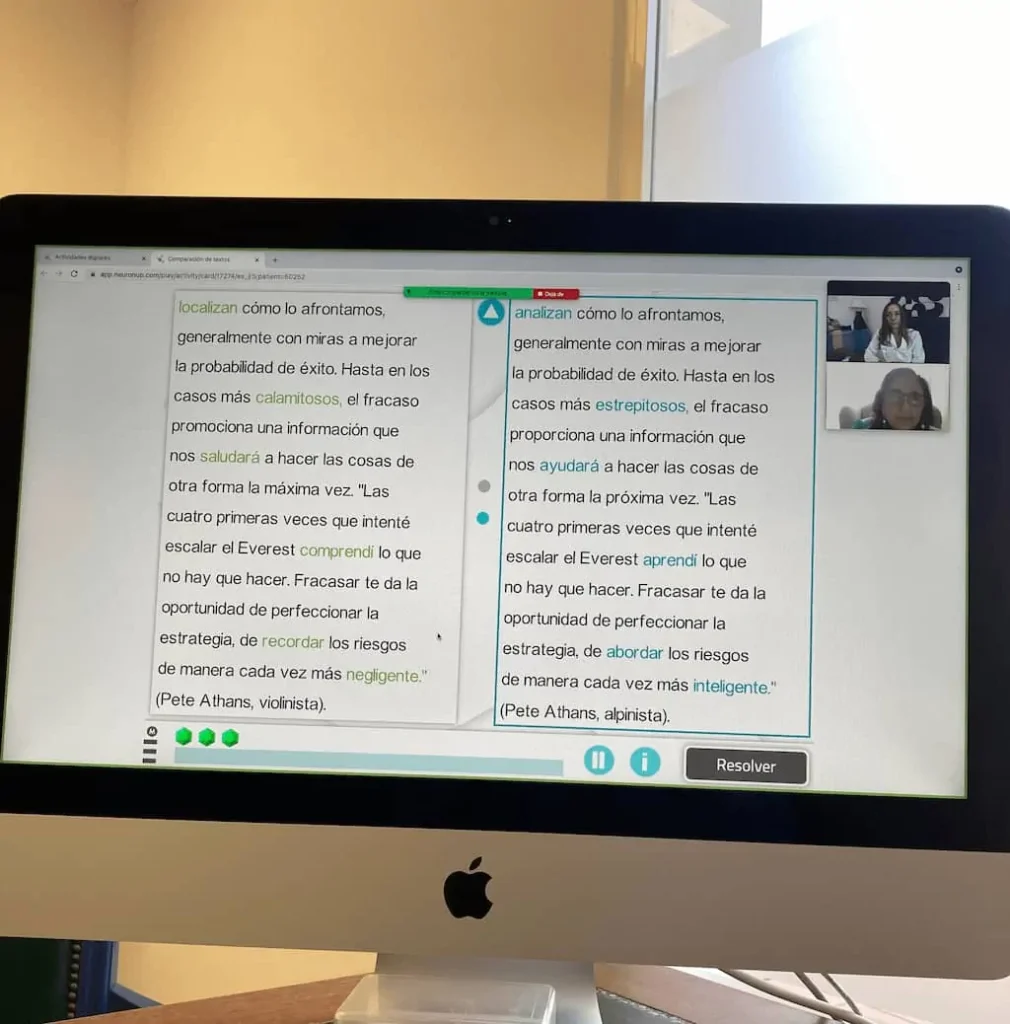
The other two days were to be done at home with NeuronUP2GO, after having been previously instructed on how to perform the exercises, mainly to control organization, planning and impulsive responses.
Final results
After 3 months of treatment there was a very significant improvement from a neuropsychological point of view, reflected not only in the tests but in the patient’s day-to-day life and in their quality of life and well-being. The patient acquired planning and memorization strategies, in addition to behaving less impulsively. But most importantly, the patient, through cognitive stimulation exercises, learned new strategies that they were able to generalize to daily life.
If you liked this post about neuropsychological treatments at IENSA centers through NeuronUP, we recommend that you take a look at these posts:
“This article has been translated. Link to the original article in Spanish:”
El tratamiento neuropsicológico en el centro IENSA a través de NeuronUP
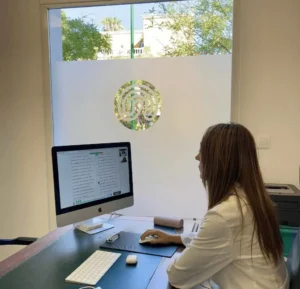
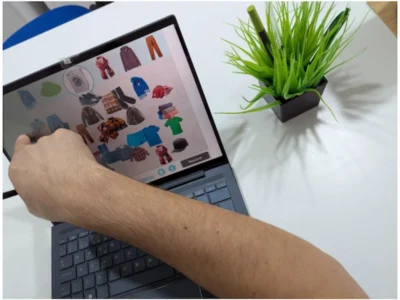


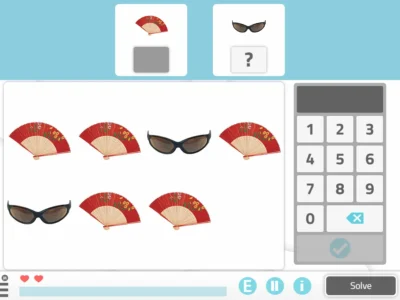

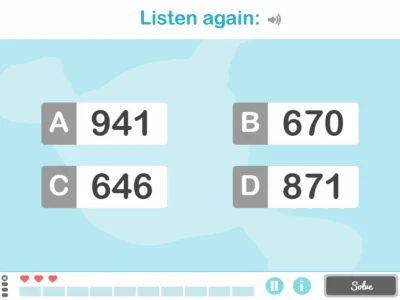
 Exercise to Promote Attention and Impulse Control: Waiter in Action
Exercise to Promote Attention and Impulse Control: Waiter in Action
Leave a Reply